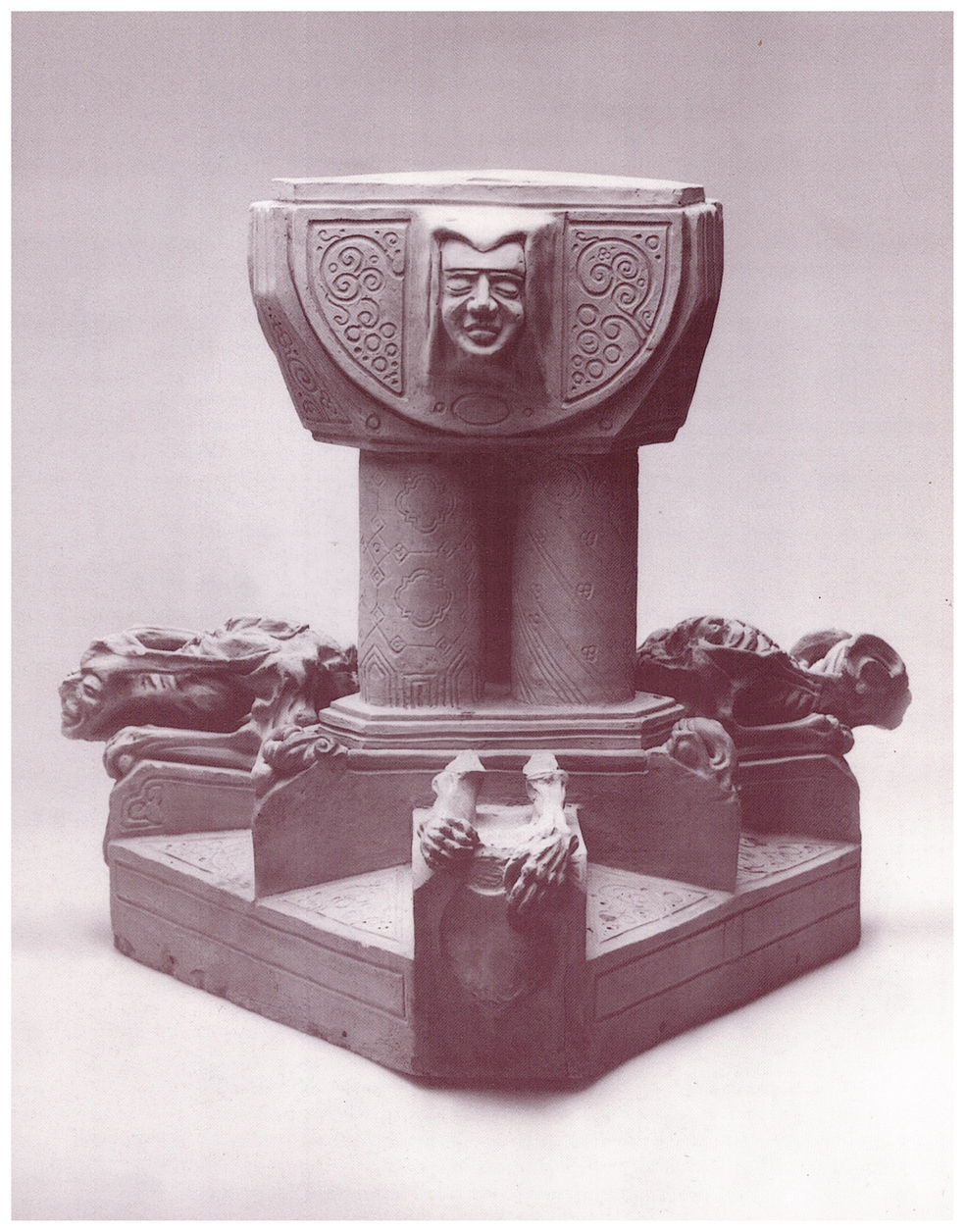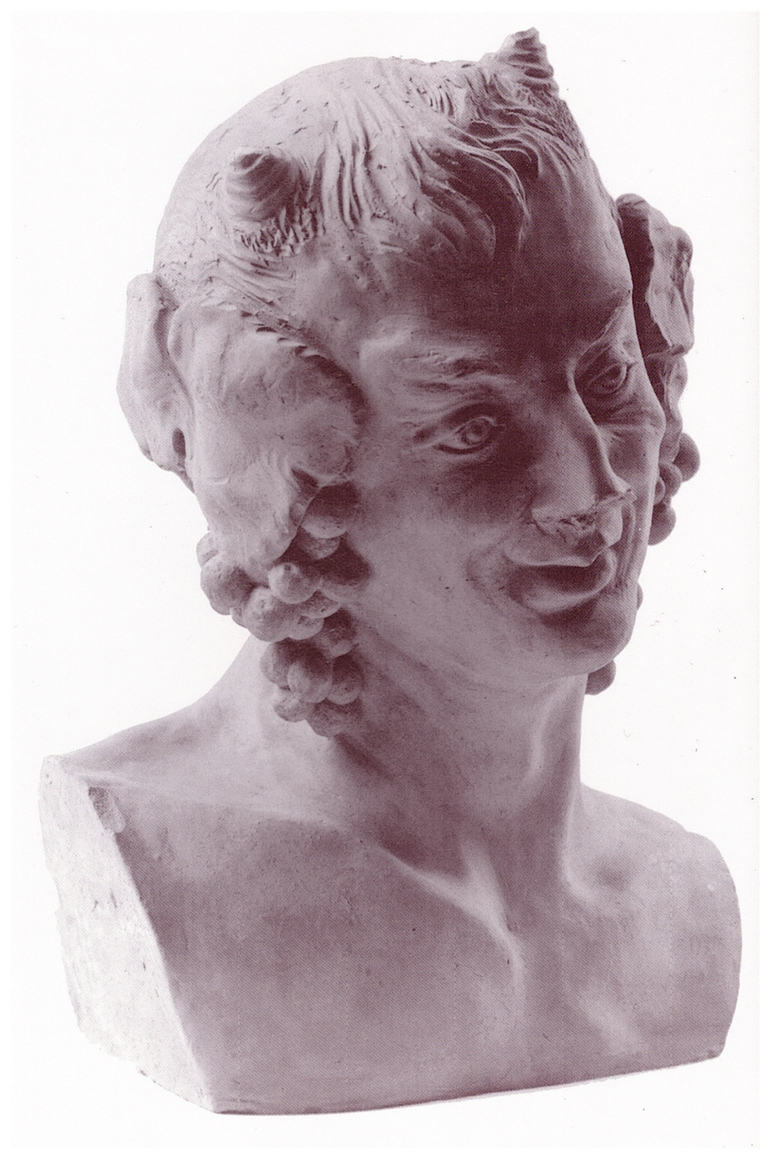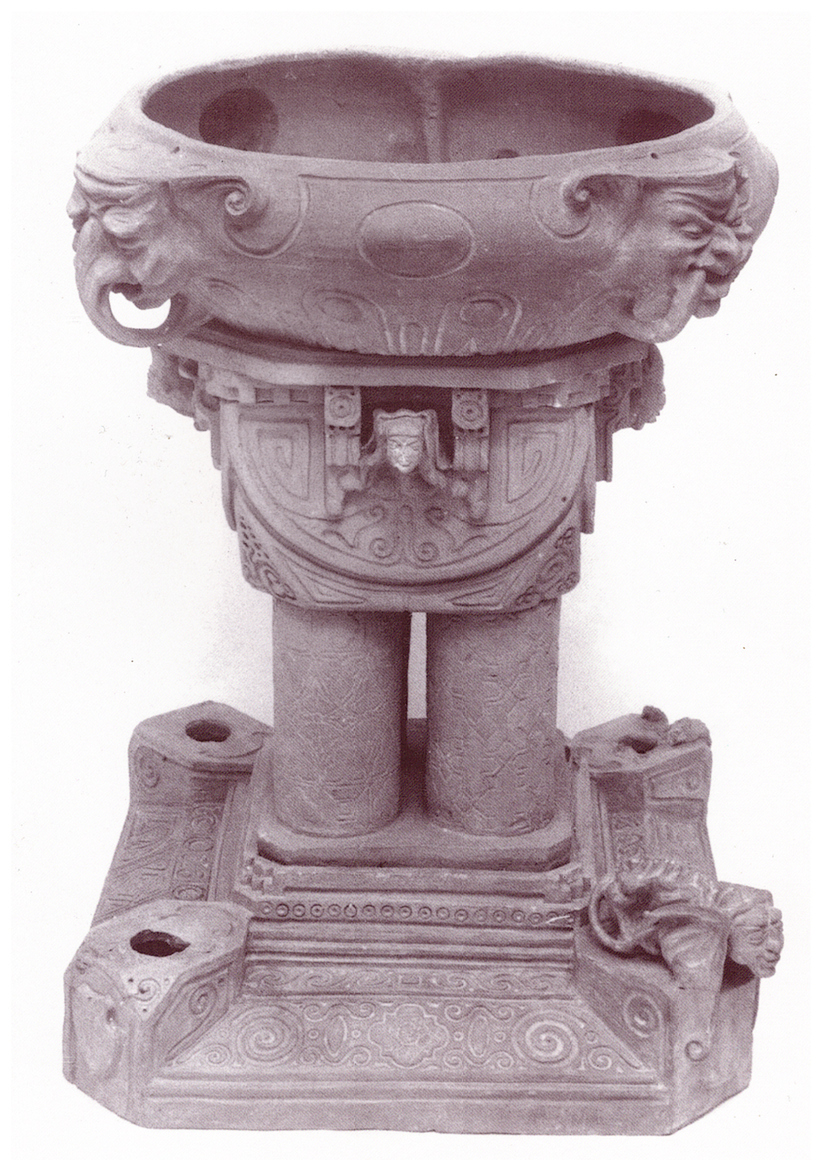The Fritz Lang memorial room in Ljutomer

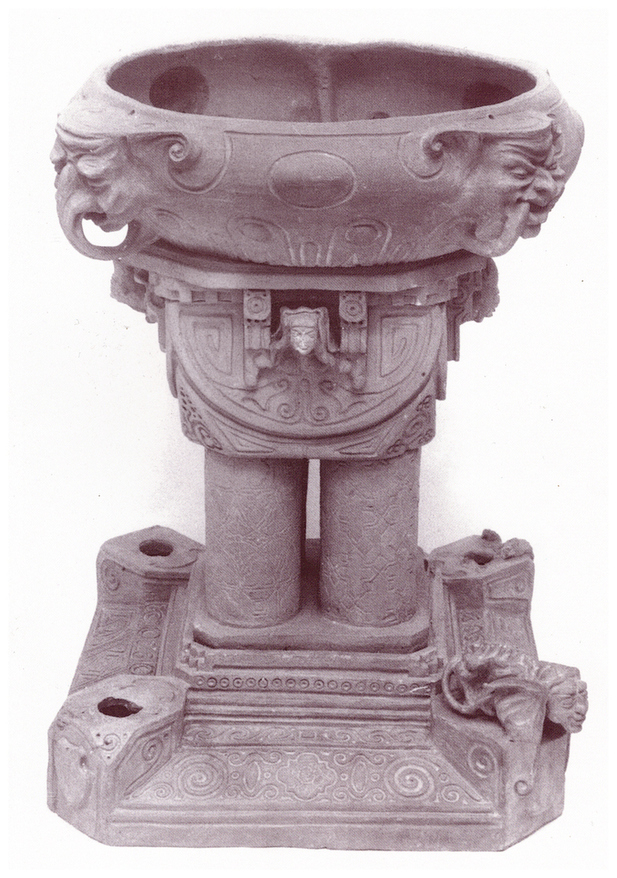


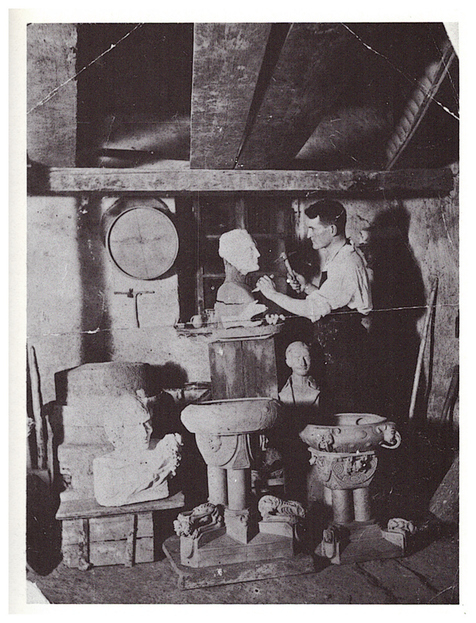
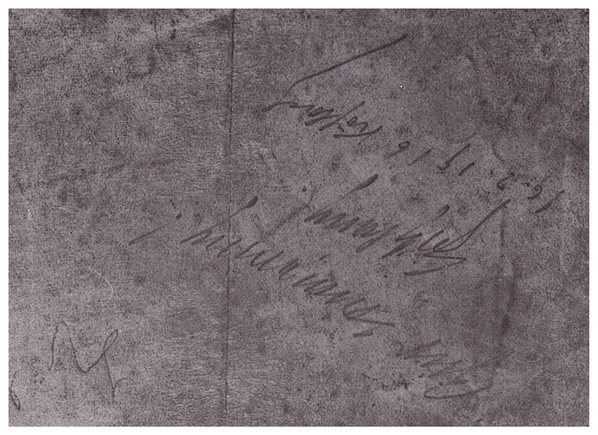
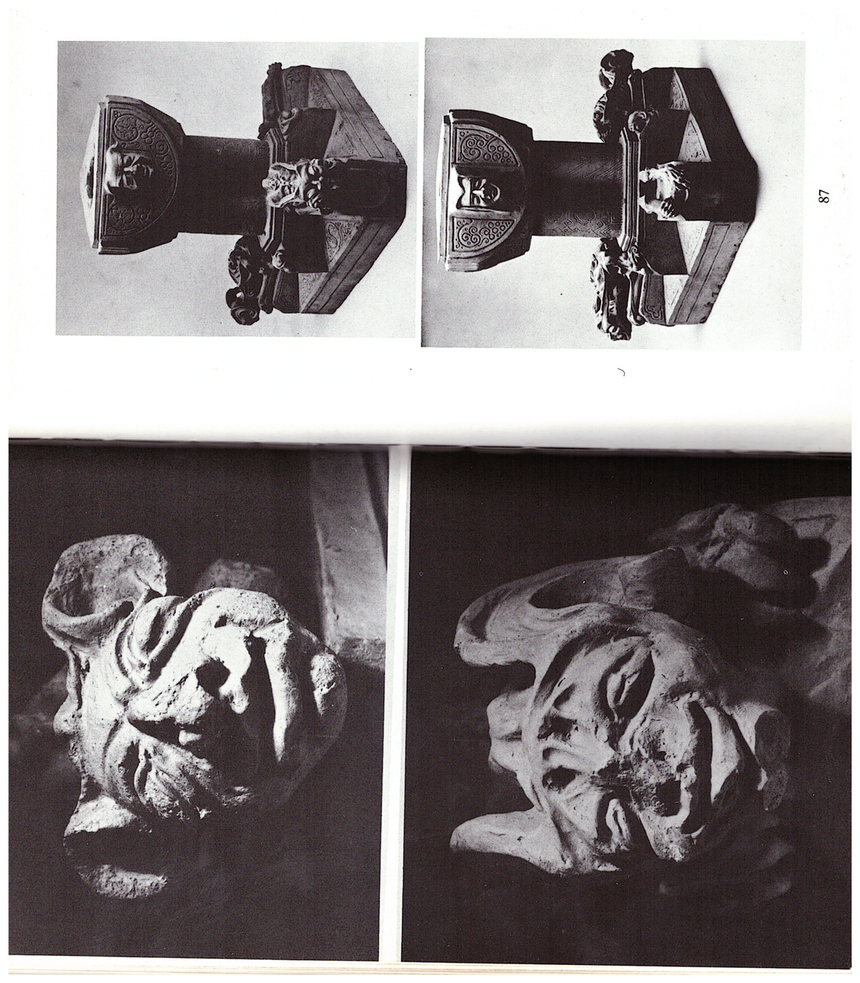
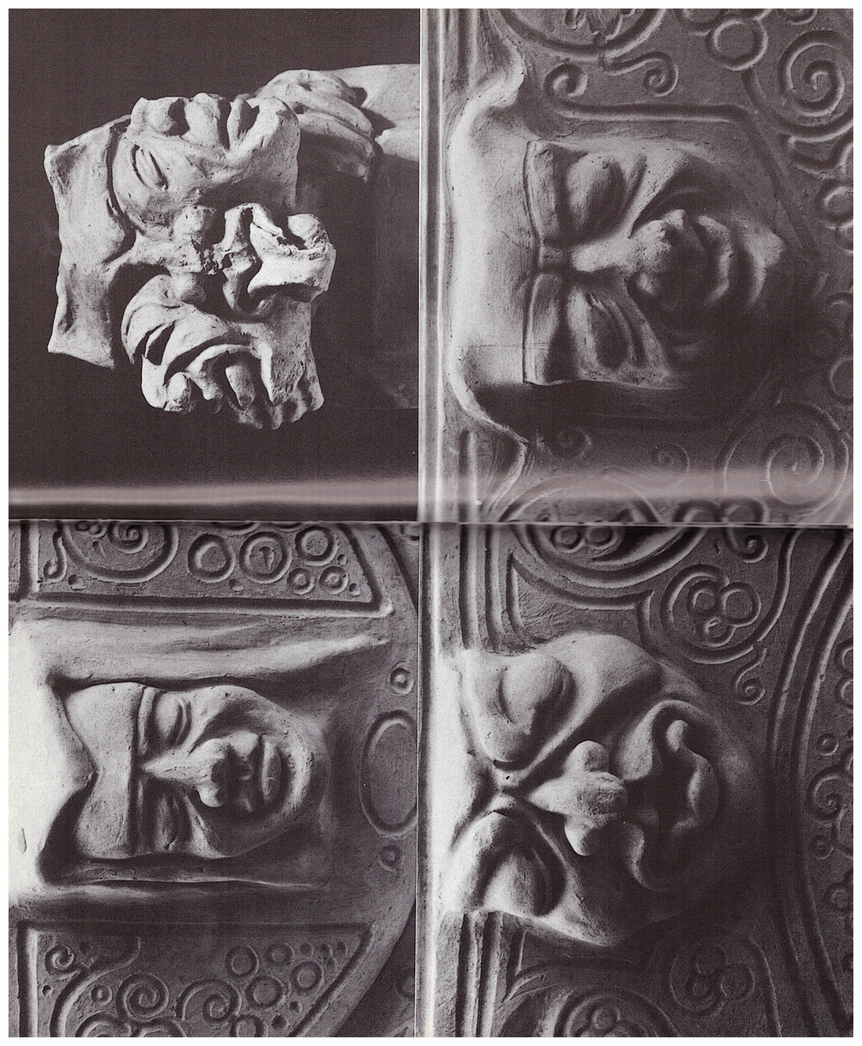

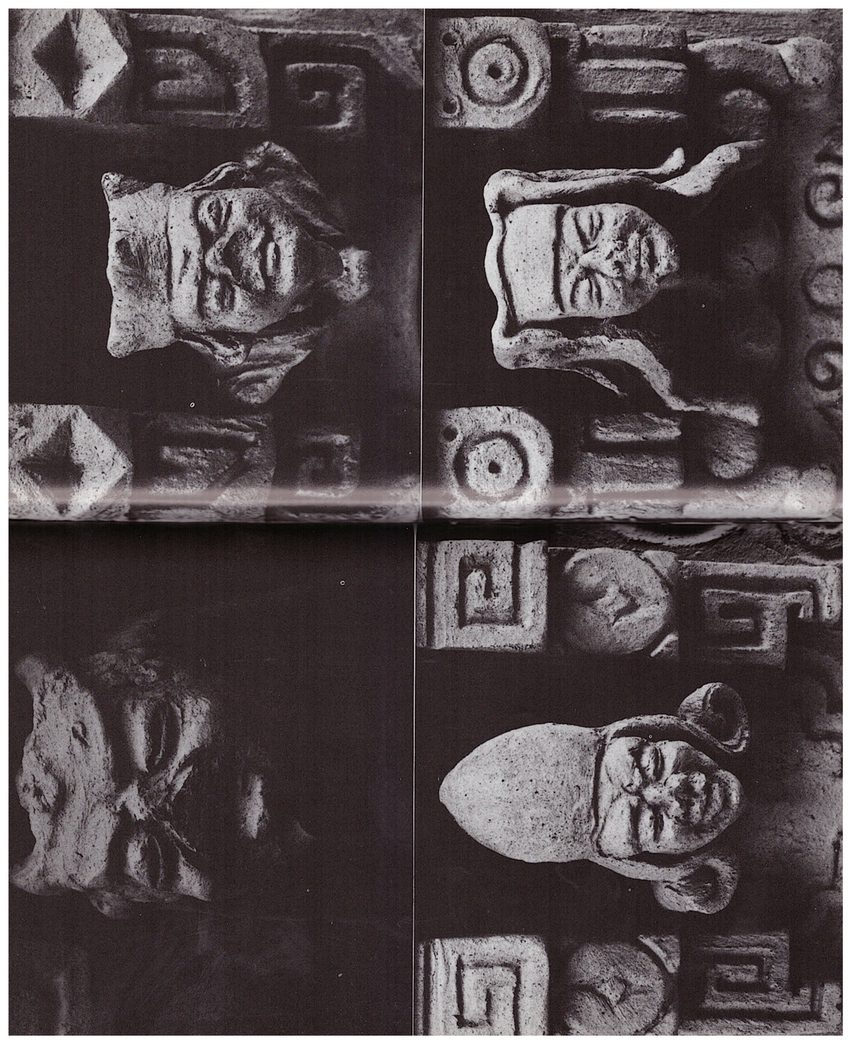
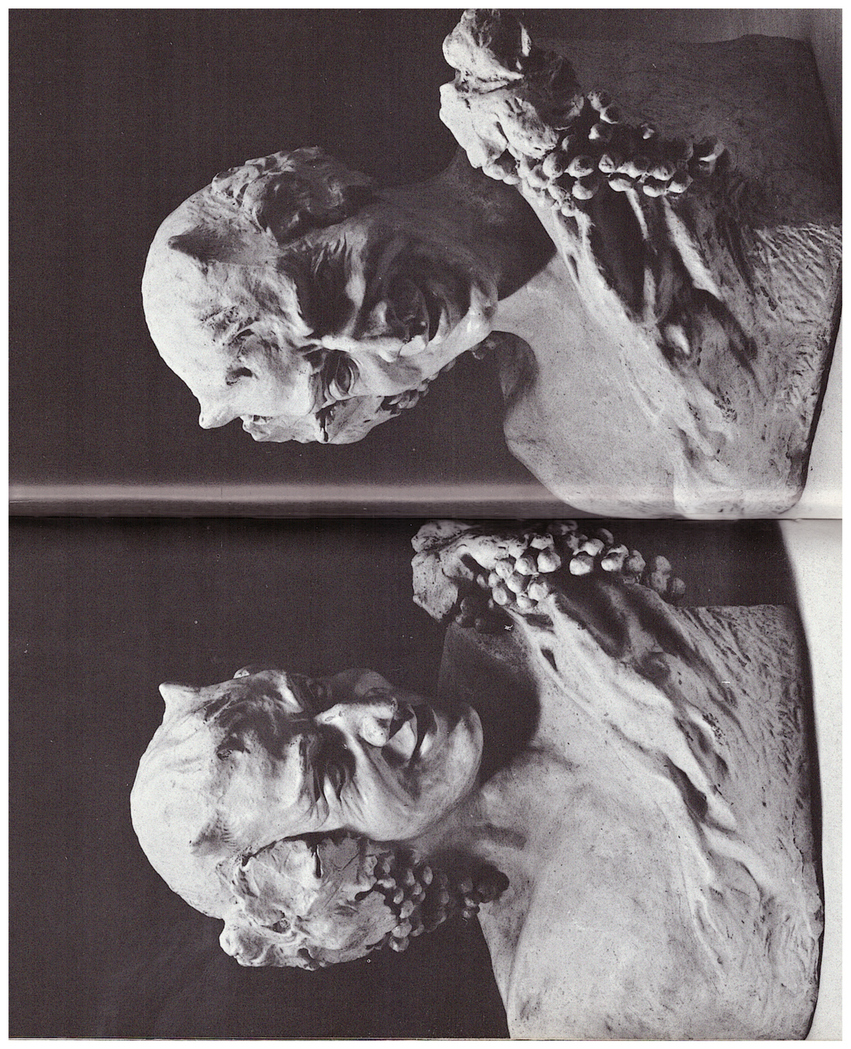
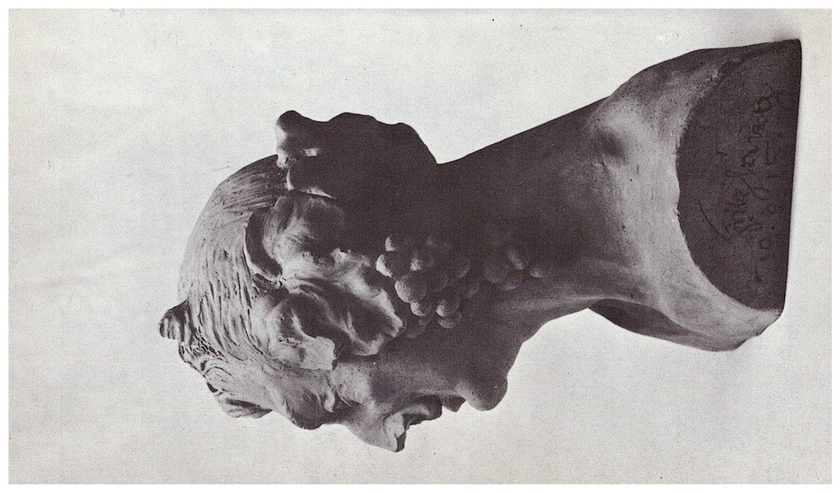
As the dating of Lang's statues from the second half of June, the end of October and the beginning of December 1915 tell us, Lang came to Ljutomer somewhere in the middle of the year and stayed there until the new year. Ljutomer was a small place in the hinterland, where there was no room to settle a large number of soldiers. Lang was then a non-commissioned officer and had the right to live in a private house. We will probably never know the most interesting thing, whether it was chance, fate or a deliberate decision that caused Lang to move into Grossmann's house. Because the meeting with dr. Karol Grossmann was probably very important to Lang, and certainly even a random guest was a very welcome roommate to the master.
Grossmann was a typical intellectual of his time, who were not few in the peripheral area of the then Austria-Hungary. As a respectable, capable and for a long time fairly well-to-do professional, he was interested in a variety of things that cannot be described as just a hobby. He too, like Fritz Lang, was extremely interested in every technical innovation and discovery, of which there were many at that time. Each novelty piqued his interest to such an extent that he devoted the next few years of his life to it, with all the devotion of his energies. and the time he still has left in addition to his fairly demanding regular job. All this was also close to the future director, the son of a prominent Viennese builder, who studied architecture abandoned because of a greater love for painting.
More about Lang in Ljutomer
Like Grossmann, Lang was a jack of all trades. His colleagues, especially film set designers, architects and costume designers, tell how each scene is
came up with and sketched the sleigh, how he took care of every detail in the equipment, the work and the entire setting of the scenery. He was also unsurpassed in inventing technical tricks at
filming, which at that time enabled previously incredible effects, such as a moving camera, extremely interesting, eloquent and tense parallel montage scenes, enlarged
shots of models, disproportionate scenery, etc. For each of his films, he completely delved into the issue he was dealing with. For example, when he was shooting the film Woman on the Moon
in 1928, with the help of two leading experts in rocket technology at the time, he became a true specialist in this field, which was recognized by the Nazis by making the film
forbidden to divulge too many military secrets, American space engineers considered him a forerunner of his work, but he remained generally known as an inventor
missile launch countdowns.
Lang has repeatedly told how in his youth he was attracted by various philosophical and theosophical works and especially classical literature. In Grossmann's extensive private library
he was able to practically get his hands on everything that intellectuals were reading at the time from this field. Grossmann devoted himself more and more to literature and translated for family use
cycle of Greek tragedies, Shakespeare and Schiller, and he himself wrote some original plays. Thus, he also organized theater performances at home, which is Langa in his own way
declares that as a youth in Vienna he spent most of his time in the theater, must have impressed. It is known that Lang played several times during the First World War as a wounded man at charity events
events, which finally led him to the film.
The next thing that might have attracted Lang was Grossmann's photography. Although Grossmann devoted himself mainly to it between 1904-1910, he had a home
an extensive collection of photos, transferred onto slides, which he liked to show in the circle of family or friends. Grossmann also works with photography, as with anything else
activity, he was only engaged in as an amateur, but his recordings can be called artistic. Above all, it should be emphasized that from a technical point of view they are always perfect and that it is
Grossmann mastered the entire photographic process from recording to development, which is also evidenced by the fact that he dealt with then still very complicated trick photography and color
slides.
But more than the technical side of Grossmann's products, Lang must have been captivated by their aesthetic value. These photos are taken with an unmistakable sense of space
planes and composition. As a rule, it is arranged according to the principles of Western painting from the High Renaissance to modern impressionism. Much like Lang's statues and later scenes
in films, these photographs are made according to the principles of hierarchical arrangement of masses and other artistic elements, especially light and darkness, which are governed by the laws of balance,
gravity and absolute symmetry. Grossmann became familiar with art principles primarily from literature, as his library included all the most important recent editions with
of this field.
Above all, of course, the attachment of both to the film is interesting. Grossmann already had a film camera and projector in 1905. He didn't just show a few purchased movies with her, which
can be found in the legacy, among them one of the then popular versions of The Train Arrives at the Station and The Watered Flower Waterer, but he also shot the first three films at the time:
Departure from Mass and Fair in Ljutomer, which shows mass scenes on the city street or square, and In the home garden with intimate shots of one's own family. Regardless
completely contradictory statements by Lang: according to one of them, he saw his first film in Bruges in 1909 and then went to the cinema especially in 1913, which he spent in Paris
at least twice a day, and according to others he only became interested in film during the First World War, it is clear that he had direct contact with film equipment and a man who not only shot
of a documentary film, but in its recordings it is ten years after the invention
Above all, of course, the attachment of both to the film is interesting. Grossmann already had a film camera and projector in 1905. He didn't just show a few purchased movies with her, which
can be found in the legacy, among them one of the then popular versions of The Train Arrives at the Station and The Watered Flower Waterer, but he also shot the first three films at the time:
Departure from Mass and Fair in Ljutomer, which show mass scenes on the city street or square, and In the home garden with intimate shots of one's own family. Regardless
completely contradictory statements by Lang: according to one of them, he saw his first film in Bruges in 1909 and then went to the cinema especially in 1913, which he spent in Paris
at least twice a day, and according to others he only became interested in film during the First World War, it is clear that he had direct contact with film equipment and a man who not only shot
documentary film, but he was already thinking cinematically in his recordings ten years after the invention of the new medium, must have meant a lot.
It was always characteristic of Lang in his life that he knew how to adapt extremely quickly to any environment in which he often found himself, even against his will. It's the first time
changed his homeland already after the end of the war, when he went to live in Berlin in 1919, where he acclimatized so much that many people still consider him a German director. Even after
when he came to the USA, he was guided by the awareness that the German period was over for him and that he had to fully Americanize. He did not hesitate to do so, but he did so very declaratively as early as s
by changing his manner of dress and writing, and by changing his language: as soon as he had learned it, he used English consistently. This is how he studied his new homeland
intense, that even his first films are more characteristically American than the products of real American directors. When he started shooting his first westerns, he went to live between
Indians. Throughout his life, he was proud that his films about the Wild West received accolades from the pioneers, who praised him for so truthfully portraying the atmosphere of the past.
However, he was still aware that his Westerns did not depict the West as it was, but as it was preserved in the memory, dreams and illusions of the natives and their
descendants.
A similar adaptability can also be seen in his six-month stay in Ljutomer in 1915. Despite his military service, albeit in the hinterland, but only during wartime, he strove
continue with creative work. He went to teach drawing, and he arranged a temporary sculpture studio with a potter in the village. He used clay as a material, since the Ljutometer z
the area has long been known for its excellent clay. Pottery has always been a popular local craft here, and during industrialization at the end of the 19th and beginning of the 20th century,
there are many brickworks in the vicinity, among which the one in Križevci was built by Karol Grossmann himself with charitable intentions for the local population.
For the formats he envisioned, Lang tackled a fairly complex fired clay technique; a complete and high-quality performance proves that he has mastered it well. We can't do that
surprising, since it is known that the lessons of various techniques, including handicrafts, were very popular at the time and therefore regularly included in the program of schools for handicrafts. But Lang was receptive
also for other characteristics of the place and surroundings. Even the motif of Bacchus, the god of wine, can be explained by the main characteristic of Ljutomerski Gorice, excellent wine. They were interested in Lang
also artistic monuments, with which the wider surroundings of Ljutomer are very rich, as we can find here many material witnesses of different stylistic periods, from archaeological
excavations, among which the ancient mithraeums are particularly interesting, further. He was very attracted to the Gothic, which we already know from his enthusiasm for the charter cathedral.
He was convinced that the horrors of the feeling of facing death - which he himself experienced during a severe childhood illness, from which he barely escaped - were best depicted by the Gothic
artists. Therefore, we can conclude that he liked to go to the Ljutomer church, where he probably sketched the extremely high-quality Gothic consoles in the presbytery with bishop's, nun's
and other busts we find, somewhat freely adapted and transformed, modeled on the sides of the capital of his quadrangular vase.
Of course, it would be more difficult to prove that Lang was also on the nearby Ptujska Gora. It is more likely that he saw at least a photograph, graphic or drawing of the main altar at that time
popular pilgrimage routes with attractive and high-quality Gothic Parlerian architecture, which circulated among people as images of the pilgrimage. But when in Metropolis, which
largely refers to Christian, especially medieval iconography, we see the scene when Mary comes with the saved children, we immediately remember the polychrome relief of Mary
patroness from the Ptujjogorsk church. Both times the female figure, staring directly at the viewer, is depicted in the same posture and similar drapery. Both symbolic personifications
the mothers equally patronizingly hold their cloaked right hand over the heads of the wards, and to top it all off, the scene in the Metropolis closes off a background similar to that on Ptujska Gora.
Mary of Ptujskogo is, of course, only one of the realizations of this popular medieval theme in European art, which Lang could also know from other monuments. However
precisely its theatrical effectiveness and the fact that, as a creator, he remained loyal to certain motifs throughout his life, speak in favor of the aforementioned thought.
Less than twenty kilometers from Ljutomer is Dornava Castle, one of the most beautiful monuments of its time and style, which still preserved all its features during the First World War
baroque architecture, park arrangement and interior design. According to the many similarities that can be observed between some of the still preserved or salvaged pieces of Dornava equipment and
Lutomer vases, we could conclude that Lang was in Dornava, and probably more than once, as he had to get to know her better. Maybe it was a good idea to ride a bike here to learn
drawing. Many vases that today still stand on the pillars of the Dornava fence and on the roof above the inner facade, as well as those that once stood in the luxurious garden or in nothing
less interesting interiors, they remind us of Lang's products in terms of shape. It is interesting to compare their decoration with grotesque heads, faces and figures from Lang's vases.
Similar exotic motifs to Lang's can also be found on Dornavian wallpapers, especially those with chinoiseries, so popular in the Baroque and later in the Rococo. Among the motifs with
the Dornavian equipment and the Ljutomer vases are very similar, especially the faces with two tongues: similar frontal folds, closed puffy eyes, flattened nose, puffy cheeks, long
the beard and ear volutes undoubtedly testify that Lang was familiar with the Dornavian mask. Similar to the motif of Mary the Protector with a mantle, we also remember the garden gnomes with
originally from the Dornava park, on the figures of the small guardians of Alberic's treasury, who, due to their master's curse, are petrified in the base of the urn in the Nibelungen, or
of the supporting figures of the vase from Metropolis.
If Lang did not mention the Lutomer sculptures, he certainly did not forget them. He carried them in his memory, and even more likely, he also kept their photograph. All elements that are
characteristic of these statues, we later find regularly in his films. Geometric decoration of stylized tendrils, meanders and decorative friezes, with which they are in a real horror vacua
filled empty surfaces of Ljutomer vases, is most characteristic of the scenic equipment of his early German films.
Even later, in American films, when Lang renounces the deep and fatal symbolism and semantic connotations of the ornament, we can see in them a popular motif
meander, for example, in the decorative frieze on the fireplace, in front of which the fatal scene with the corpse in the film Woman in the Shop Window takes place, on the glass door in Kittia's apartment,
where the murder takes place in Scarlet Street, as the border pattern of the garment worn in Walter Rayer's penultimate film The Tiger of Eshnapore, or on the curtain in The Great
fever.
Another, immediately noticeable decorative element on Lytomer vases are small coats of arms or shields like fields for coats of arms, which are found in various places, usually between the paws of the monster on
bases. Elements of heraldry at a time when the bourgeoisie strongly controlled the political and economic situation and the aristocracy was increasingly losing its functions, probably
evoked in the viewer a completely specific, often even nostalgic image of a different past. Langa is heraldry as a symbolic testimony of history and, above all, of what kind
enchanted any government and its powers to such an extent that, especially in the films Tired Death and The Nibelungen, it was with fictional coats of arms and decorative shields that he edited a considerable part
scenes.
Face masks with bulging eyes, puffy features, plump lips, accentuated chins, elongated noses and tongues begging from mouths as well as imaginary
the anthropomorphized animal figures that adorn the Lutomer vases are a figment of Lang's imagination. This was formed mainly from enthusiasm for fantastic sculptural equipment
Gothic churches and other architectures, Baroque and Rococo grotesques and Eastern statues, such as he met and certainly sketched on his travels or after
literature. But Lang did not use fantastic masks for decorative purposes only. If we look at the mask with the outstretched tongue from the rim of the square vase vessel, it reminds us of
the huge face of Moloch with bulging eyes and a long tongue, which the steps of the great machine transform into in Freder's vision in the film Metropolis.
The motif of the Bachs is closely related to the place where Lang made them, but at the same time it recalls the iconographic repertoire of German painting at the end of the last century, which is often
used motifs of fauns, nymphs, allegories, biblical and mythological scenes. In Lang's films, various statues appear several times among the furnishings of the apartments. But at least three times
we can only vaguely notice the busts, which immediately remind us of Ljutomerska. In the gangsters' apartment, where they are captured by the police in the film The Will of Dr. Mabuse, we see
bust of a child with the smile of a little spiteful Bacchus, who is broken by a thief. In the film Even the Consumers Die, we see a similar Bach on the bookcase in the professor's study
Novotny, when his daughter wants to tell him that she saved the assassin. A similar statue can also be found in Walter Kyne Jr.'s apartment. behind the actors in While the City Sleeps,
except that he only has that cluster on one ear.

